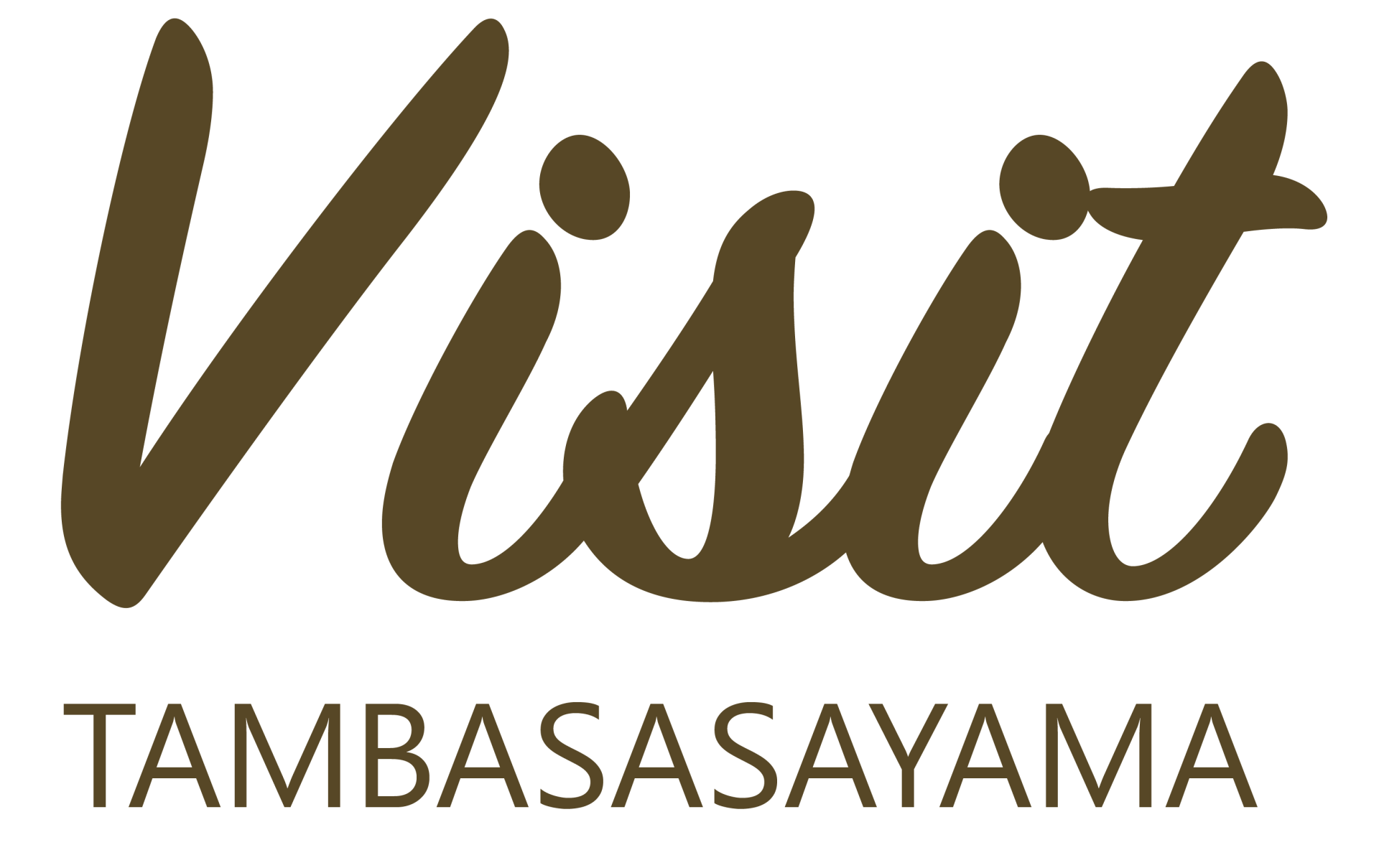Concierge Recommended 1 Day Tour – Mountain Excursion and Pottery Making Experience in Tachikui Pottery Village “Sue-no-Sato”
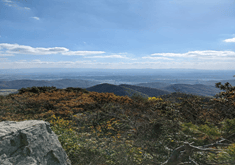
Xavier’s course
①Aimoto Station → ② Sakatare Shrine →③ Kokuzou Mountain → ④ Sue-no-Sato → ⑤ Aino Station

Xavier MARTEL
[Born in Lyon, Rhône, France. Got married in Tambasasayama, Art historian, Photographer, French and German language teacher]
Tambasasayama has nature and rural landscape that evokes me of the uplands and rolling hills regions in France that I love. Places like Alsace, especially in “La Petite-Pierre” and “Wingen-sur-Moder”, or also in “Haut-Vivarais,” especially between “Satillieu” and “Saint-Félicien” in “Ardèche,” come to mind.
Tambasasayama is a place that can be reached within two hours from major cities such as Osaka, Kobe, and Kyoto allowing visitors to enjoy nature and countryside of Japan even on a day trip.
Model itinerary
8:38 Osaka Station departure
↓ JR Train (56 minutes)
9:34 Aimoto Station
↓ Walking (5 minutes)
9:40 Sakatare Shrine
↓ Walking (25 minutes)
10:00 Starting point to hike Mt. Kouzou (3 hours)
Hiking Mt. Kokuzou (includes collecting materials for pottery making)
13:00 Sue-no-Sato (2 hours 20 minutes duration)
①Lunch at Japanese Restaurant “Shishi-gin.”
②Pottery making experience (Approx.1 hour)
15:23 Sue-no-Sato bus stop
↓ Wing-shinki Bus (3 minutes)
15:36 Aino Station
16:01 Departure from Aino Station
↓ JR Train (50 minutes)
16:51 Osaka Station Arrival
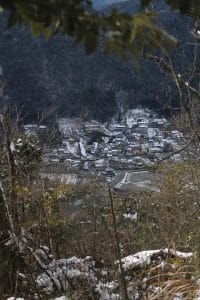 photo by Xavier
photo by Xavier
 photo by Xavier
photo by Xavier
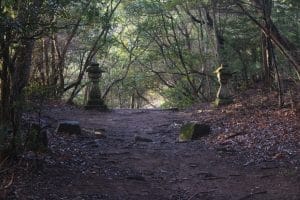 photo by Xavier
photo by Xavier
Timetable for public transportation
From Osaka to Aimoto (JR train)
Osaka station → Aimoto station Train leaves about every 30 minutes (except early afternoon).
From Aino to Osaka (Wing-shinki bus and JR train)
Sue-no-Sato bus stop → Aino station bus stop [Change from bus to train] Aino station → JR Osaka station

Guide map
https://www.google.com/maps/d/edit?mid=18VCfySV64k1IxvaBBMxq1AD1SfJQCoY&usp=sharing

Mt.Kokuzou
Mt.Kokuzou is a 596-meter-high mountain. Located in Tambasasayama city and Sanda city. The trail over the mountain is designated as a “Kinki Nature Trail” and is well maintained. On the way, you can see Kokuzo Temple Hall, which is believed to have been founded by Prince Shotoku. ((574–622 CE.), one of the best-known imperial family politicians in Japanese history, who is renowned for his cultural contributions.)
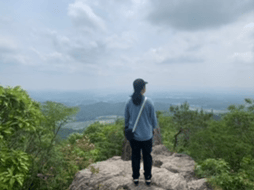
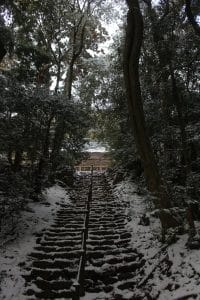 photo by Xavier
photo by Xavier
Precautions regarding clothing etc.
We recommend that hikers avoid wearing black clothing. It is preferred that all hikers wear brightly colored, conspicuous clothing and carry a sound emitting object such as a bell.
Precaution Regarding Natural Hazards
Hornets have been sighted frequently in the mountains recently.
When approached by a hornet, bee, or wasp squat slowly and quietly, keeping your posture low, leave the area. If you are stung, rinse the wound with clean water. Go down the mountain immediately to receive medical treatment as needed.
Snakes Do not approach snakes, there are both harmless and poisonous snakes in the mountain area. Using a bell or other device warns of your approach and gives time for them to evade you.
Bears, monkeys or wild boar. While most hikers rarely see these animals, it is possible to have an encounter. Again, carrying a bell etc. gives the animals warning of your approach. Although young wild boars look cute, their mothers can be dangerous and will attack if they think you are a threat to their young so please do not approach them.

Sue-no-Sato, Tachikui Pottery Village
Tachikui Pottery Village is located in the center of the town where Tamba ware (also called Tachikui-yaki pottery) originated. Tamba ware is one of the oldest forms of pottery in Japan. You can experience clay work and ceramics painting here. There is also a museum to learn the history and techniques of Tamba ware. You can purchase Tamba ware from 55 potteries at ‘Kamamoto-Yokocho’. Tachikui-yaki potteries are dotted around the area, and we recommend a stroll along the roadway lined with potteries.
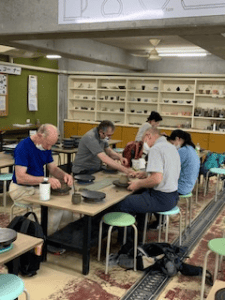
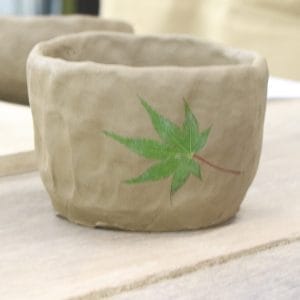 photo by Xavier
photo by Xavier
https://tourism.sasayama.jp/foreigner_post/sue-no-sato/

